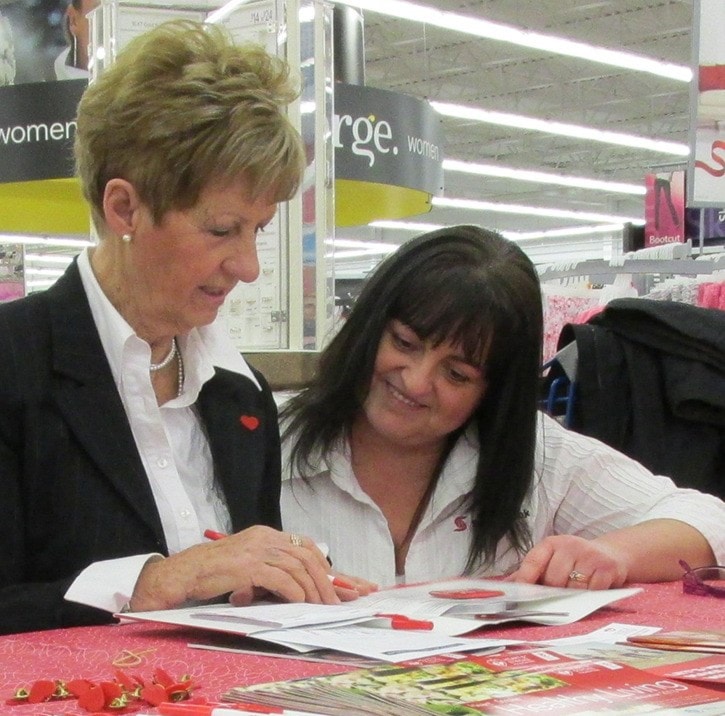For Delfina Ciardullo, ignoring the signs of heart disease could have ended her story by the age of 42.
February is more than just a month to celebrate love that comes from the heart; it is also the month to recognize the health of our hearts.
The Heart and Stroke Foundation of Canada has dubbed February “heart health” month, to bring awareness to, combined with stroke, the leading cause of death in Canada.
“I wasn’t feeling well for a while,” recalled Ciardullo.
She was fatigued, experiencing shortness of breath and uncharacteristically irritable.
“Everything bothered me, even the little things like the kind of coffee I was drinking,” she said.
She did have chest pain, but reasoned that it was her stressful job and weight gain.
“I didn’t know why, but I knew that I just wasn’t myself.”
So, in the fall of 2009, Ciardullo decided to get into shape and began to exercise on a treadmill, walk to work, and hike with her husband.
She remembers walking up a small incline at the Pend d’Oreille and becoming extremely short of breath.
At one point during that outing, her husband asked if she was having a heart attack, not realizing that such an event was only weeks away.
Ciardullo suffered a massive heart attack on Feb. 22, 2010.
“The day before it all happened, I was up all night,” she said.
“I couldn’t get comfortable standing, sitting or lying down.”
The morning of her heart attack, Ciardullo fought through chest pain and made coffee, lunches and drove herself to work as usual.
Before her husband left for work, she finally surrendered to his ongoing requests to see a doctor.
Ciardullo did see a doctor in a clinic, but walked out and went back to work.
Her state of denial was in full swing as she sat behind her desk.
“It was the busiest time of the year in my office,” she said. “I thought I’d follow this up in March when things slow down at work.”
However, her co-worker could see that something was horribly wrong, and convinced Ciardullo to accept a ride up to the emergency room at Kootenay Boundary Regional Hospital.
“It wasn’t until I was in the ICU, hooked up to machines that it finally became real to me,” she said.
Ciardullo was quickly transferred to Kelowna General Hospital (KGH), but it was too late to save 30 per cent of her heart function.
A cardiologist at KGH performed an angiogram, which revealed three blocked coronary arteries.
“I ignored the signs, and by waiting so long, nothing could be done to reverse the damage.”
Heart attacks, officially called myocardial infarctions, typically occur when a blockage forms in one of the coronary arteries, depriving it from blood.
Doctors can open the blockage with drugs or catheterization, but the more time that takes, the more heart muscle dies.
With no cardio-rehab program offered in the Greater Trail area, Ciardullo said that her nine-month recovery at home was difficult.
“If it wasn’t for my husband and family by my side, I don’t think I could have done it.”
Today, Ciardullo is back to work, but with a new outlook on life.
“I don’t ever want to go back to that experience again. Now I arrange my day the way I want it and I walk away when I’ve had enough.”
Ciardullo is the number one volunteer for the Heart and Stroke Foundation in the Greater Trail area, said Nancy Liknes, area coordinator for the Kootenays.
“I got a second chance at life,” said Ciardullo.
“If telling my story can help save others, then I’ll do it.”
